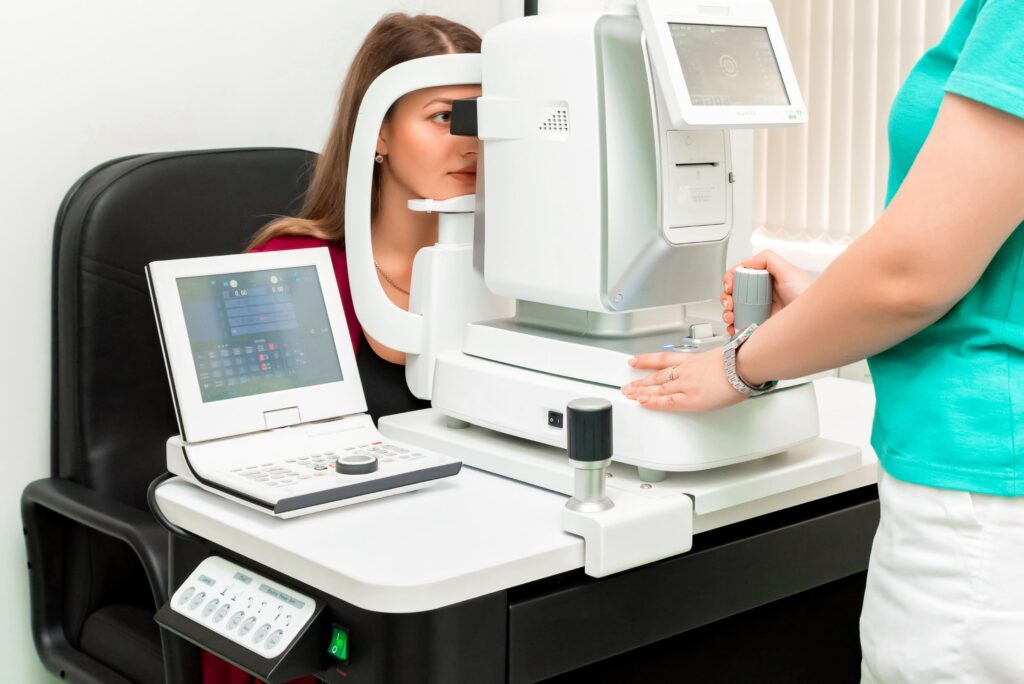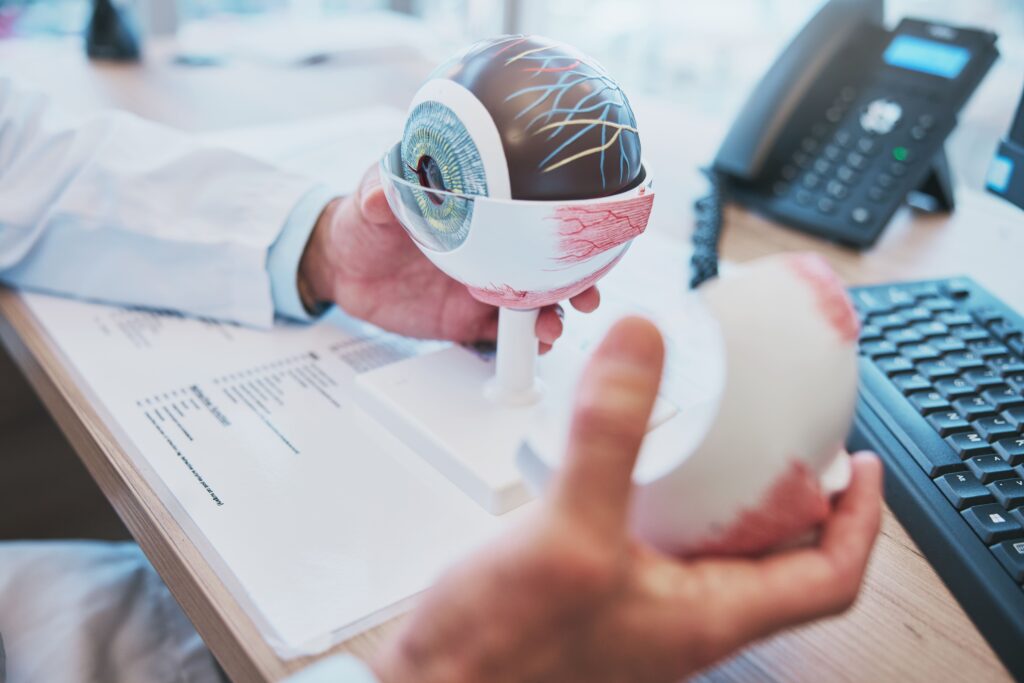When 20/20 sight turns to visually impaired, your cornea is most likely to blame.
The cornea is the clear, disc-shaped lens on the eye’s front surface, which plays a pivotal role in perception by protecting the structures inside the eye, contributing to the refractive power, and focusing light rays on the retina. When damaged by conditions or injuries, it can rapidly deteriorate—permanently damaging your line of sight.
The good news is that depending on the case severity, you can restore your vision with corneal disease treatment. One of the most effective cornea treatments is the cornea transplant: a life-changing procedure that can dramatically improve your quality of life.
**The advice in this blog is for general informational purposes only and may not be suited for your exact insurance plan and optical needs. It is important to consult a qualified healthcare professional for personalized advice and treatment on cornea care in Southwest Florida.**
What is a Cornea Transplant?
A cornea transplant, also known as a corneal transplant or corneal grafting, is an ideal surgical procedure when a cornea is beyond repair or healing. It involves replacing a damaged or diseased cornea with a clear, healthy donor cornea. An ophthalmologist, a specialized eye surgeon, typically performs the eye cornea treatment. The transplant aims to restore vision, alleviate pain, and enhance overall eye health.
What Conditions Cause a Cornea Transplant?
Various conditions can affect the cornea, ranging from common dry eyes to debilitating diseases. Swelling, scarring, or age-related deterioration to the cornea can make seeing the world around you and everyday battle, causing cloudy or distorted vision.
The two main conditions that cause corneal health decline and illicit corneal disease treatment include:
1. Keratoconus: A progressive condition in which the normally round, dome-shaped cornea thins and bulges into a cone shape, leading to distorted vision.
2. Fuchs’ Dystrophy: A genetic condition that causes gradual deterioration of the cells in the corneal layer, known as the endothelium. When these cells die, fluid builds in the cornea, leading to a swollen eye and blurred vision.
Corneal scar: Corneal scarring frequently occurs after toxic keratopathy from a corneal sting. When corneal scarring is central or significant, a corneal transplant may be considered.

Cornea Transplant Types
Before undergoing a cornea transplant, you will experience a comprehensive eye examination to validate your candidacy. Once deemed eligible, you will be matched to one of two of the following cornea treatments:
- Full Thickness Cornea Transplant: When both the front and inner corneal layers are damaged beyond repair, the entire cornea is removed and replaced with a new one. This transplant is also known as the penetrating keratoplasty (PK).
- Partial Thickness Corneal Transplant: When just the endothelium cells are unhealthy (typically due to Fuchs Corneal Dystrophy), the endothelium and Descemet membrane are removed while keeping the other layers of the cornea intact. The new partial corneal transplant will have Descemet membrane and endothelium (DMEK) but can also have a portion of the stromal layer as well (DSAEK).
What To Expect After Your Cornea Transplant
Following the surgery, you must check with your ophthalmologist about your specific postoperative cornea damage treatment. To ensure optimal healing and recovery, you should take the following steps:
- Use eye drops prescribed by your doctor to prevent infection and reduce inflammation.
- Avoid pressing or rubbing the eye.
- Wear eyeglasses or a protective shield to protect your eyes.
- If pain persists, take a doctor-recommended, over-the-counter medicine.
- Avoid strenuous activities and heavy lifting for several weeks.
- Attend follow-up appointments to monitor progress and remove sutures if necessary.
- Depending on the cornea transplant, you may need to lie on your back post-surgery. This action helps the donor tissue stay intact.
Consult your ophthalmologist to answer any questions or concerns regarding your eye cornea treatment. It’s also important to note that recovery time may vary from person to person. But when performed with innovative laser technology, it can take as little as a few weeks for the cornea to heal.
Cornea Care is Essential. Seek the Experienced Ophthalmologists at the Center for Sight
Your cornea is the window to clear vision. Why settle for a lifetime of anything less? The experienced specialists at the Center For Sight in Southwest Florida use an IntraLase femtosecond laser to perform cornea treatments with extreme safety and precision.
Learn more about our Cornea Care services and book an appointment with us today.






